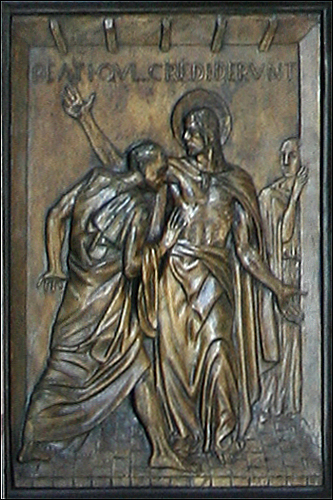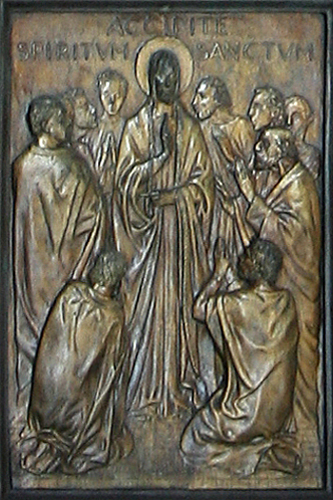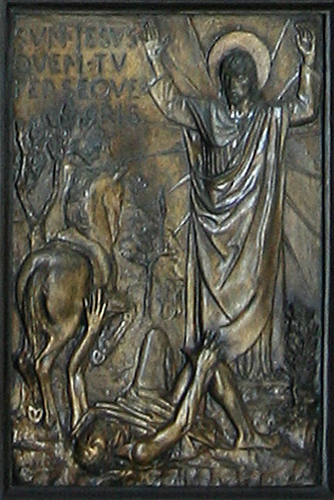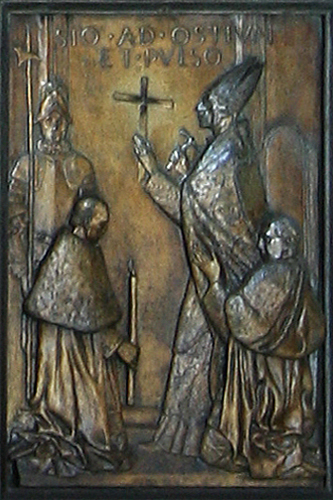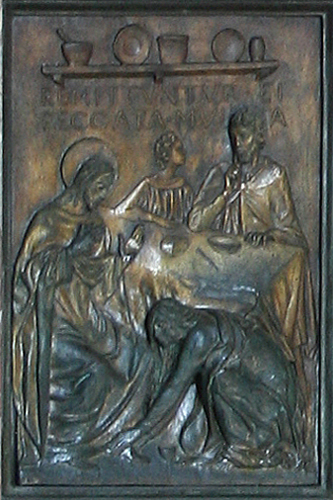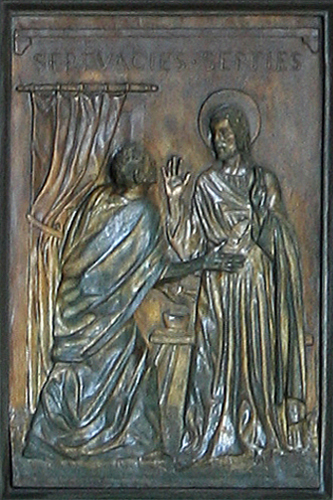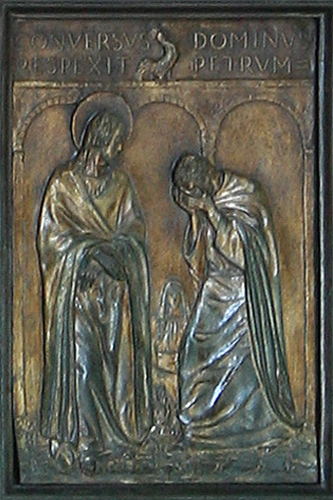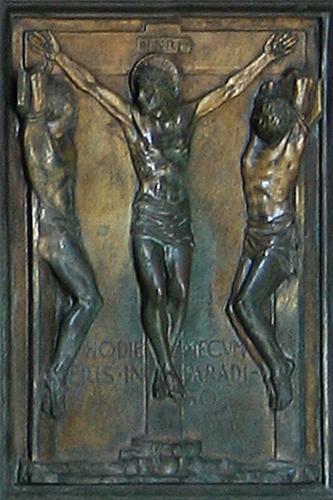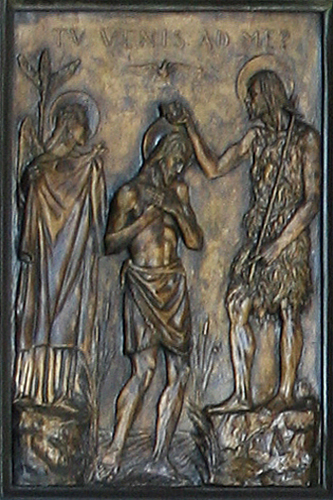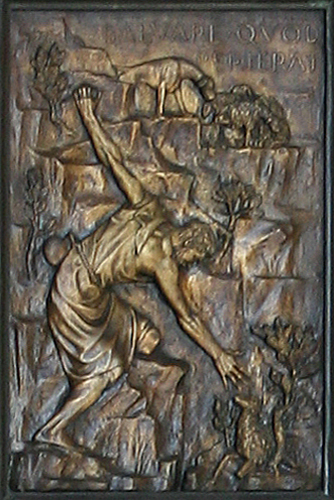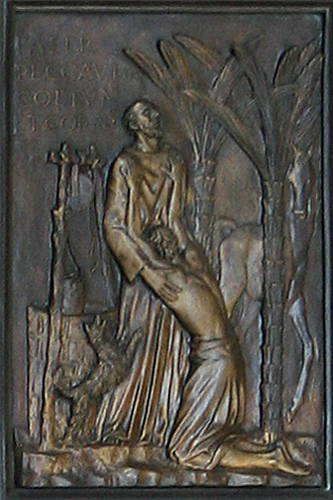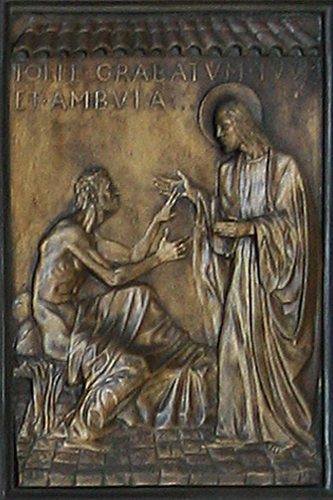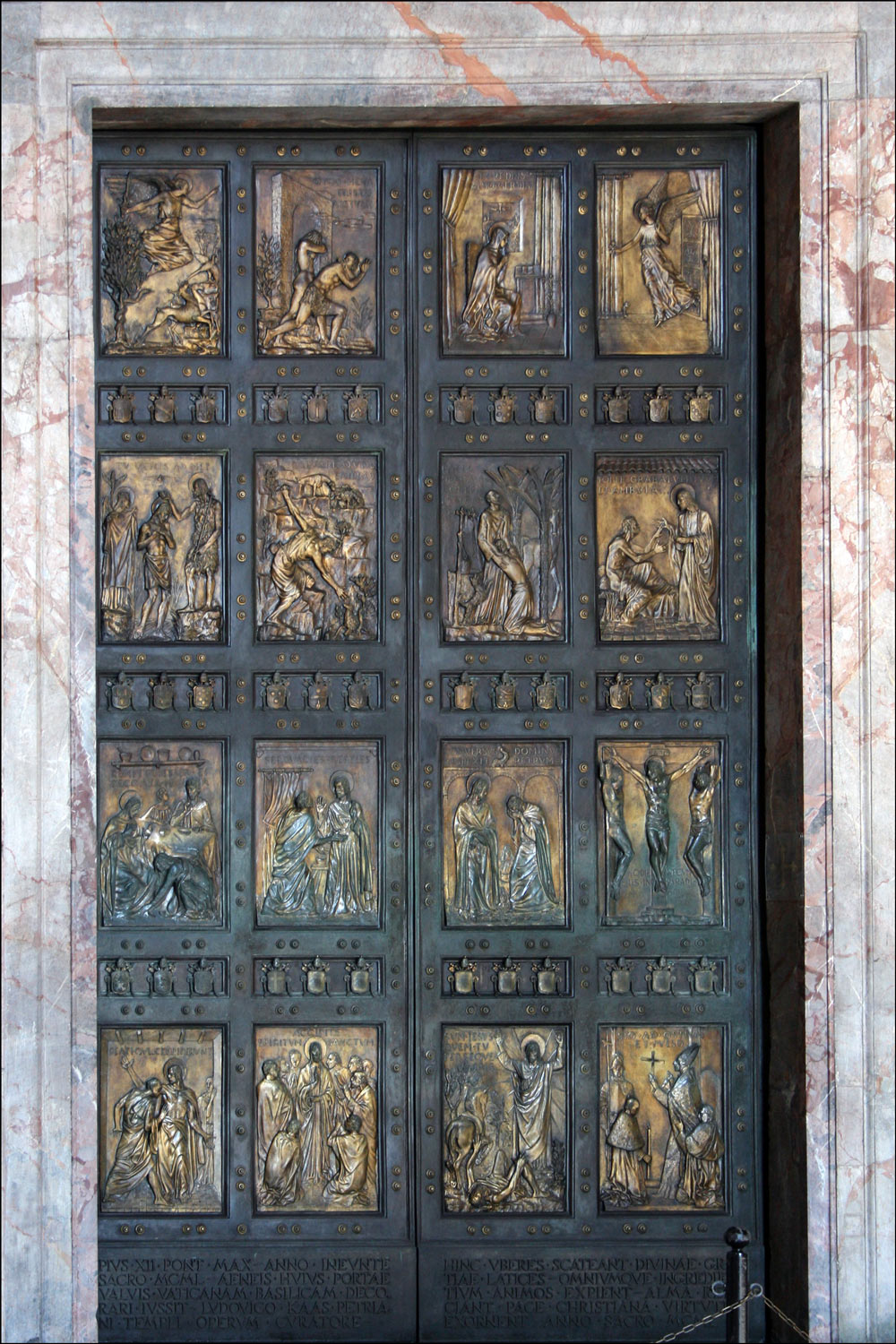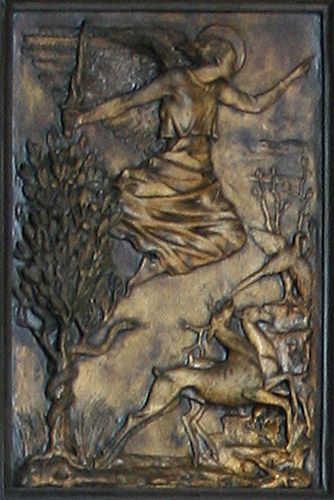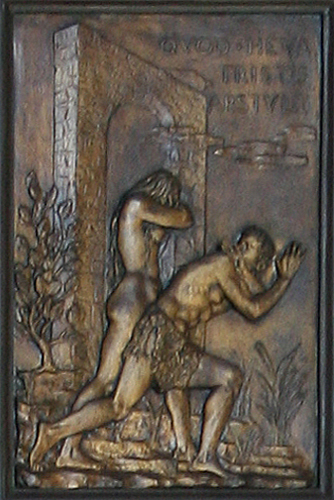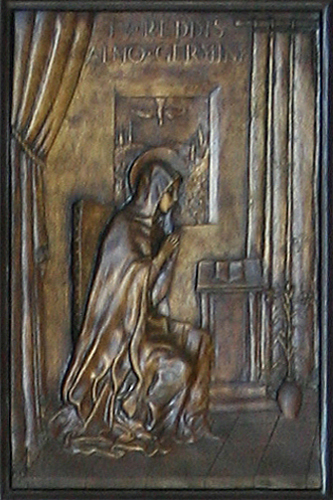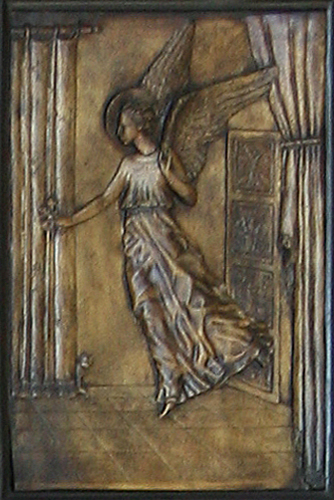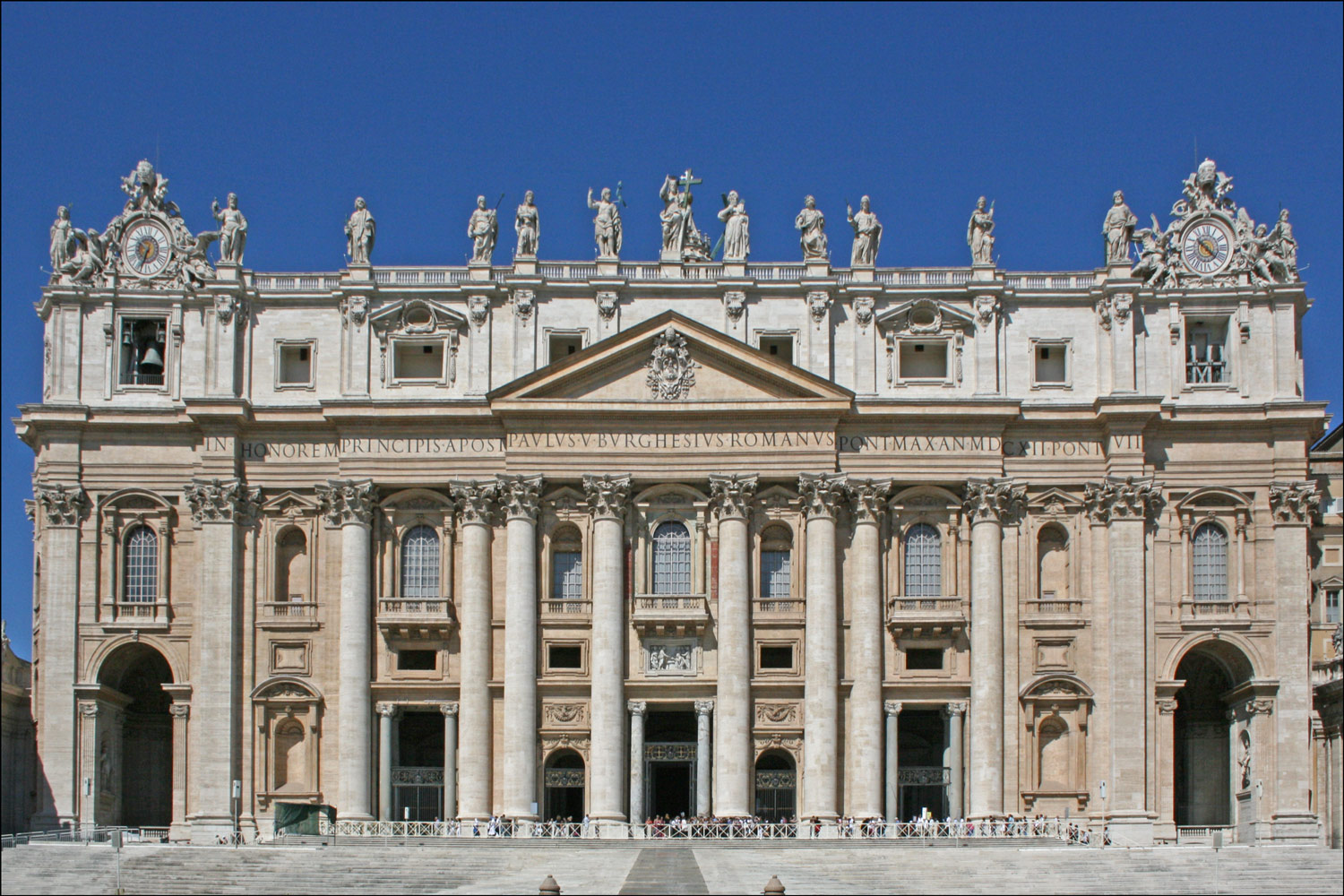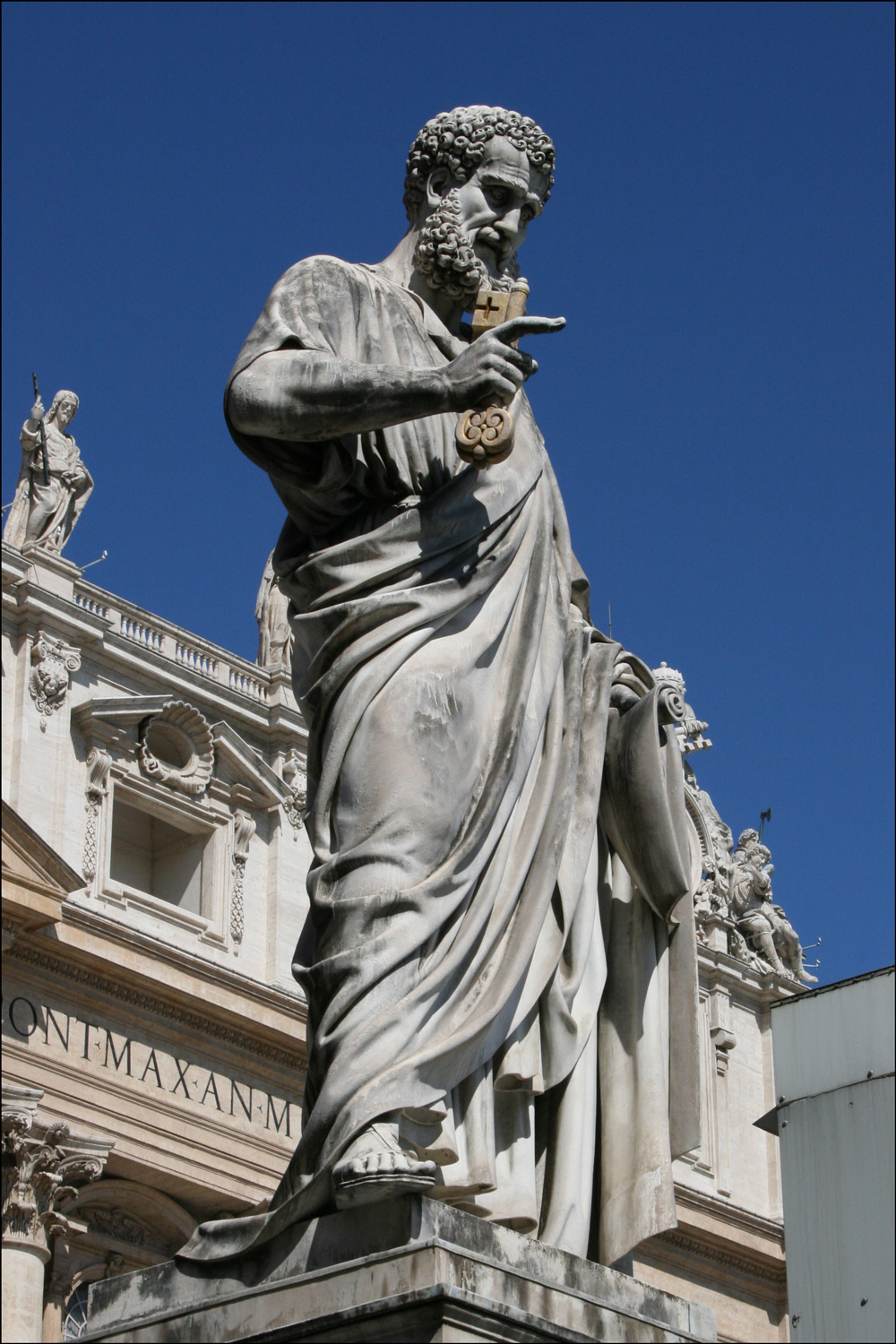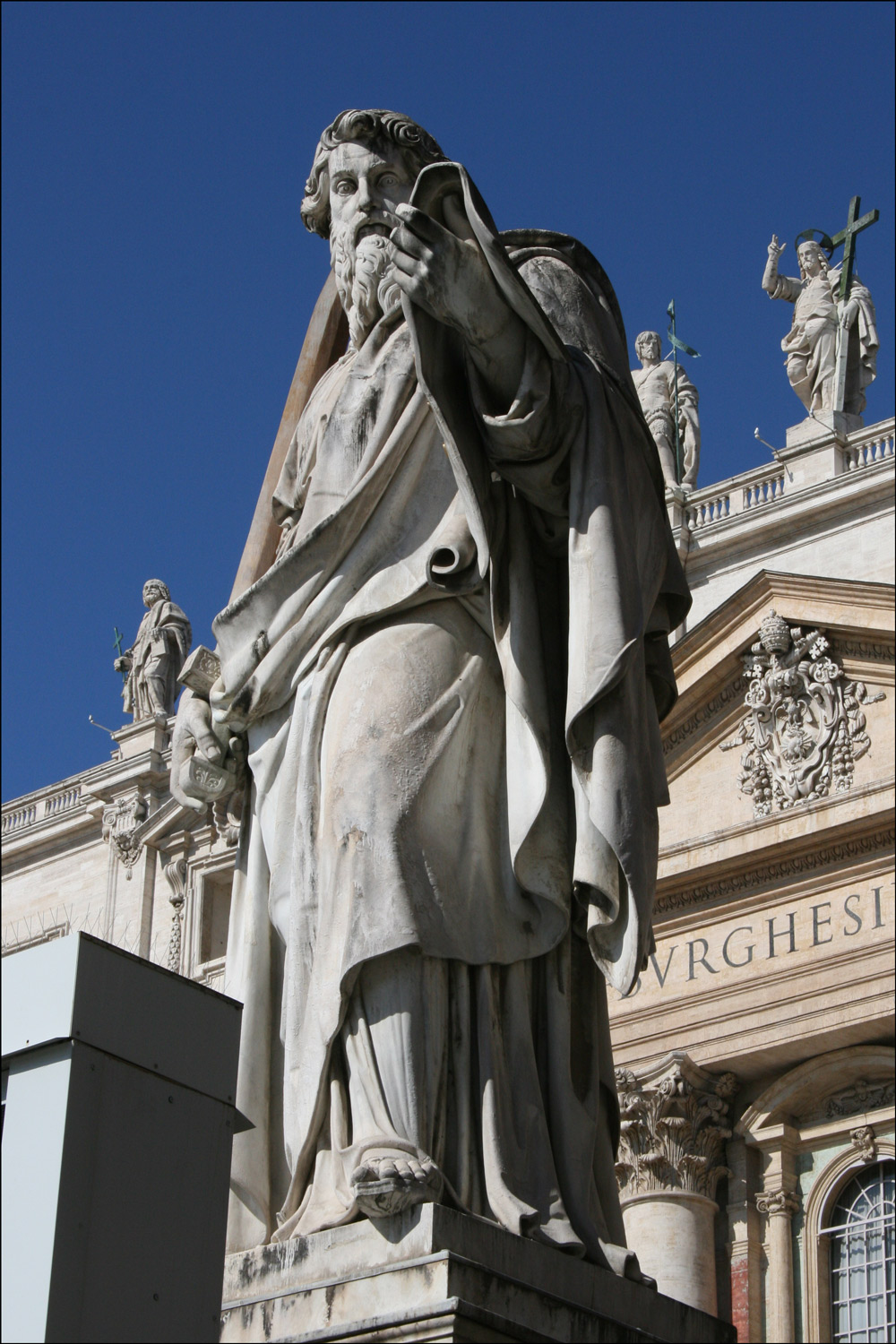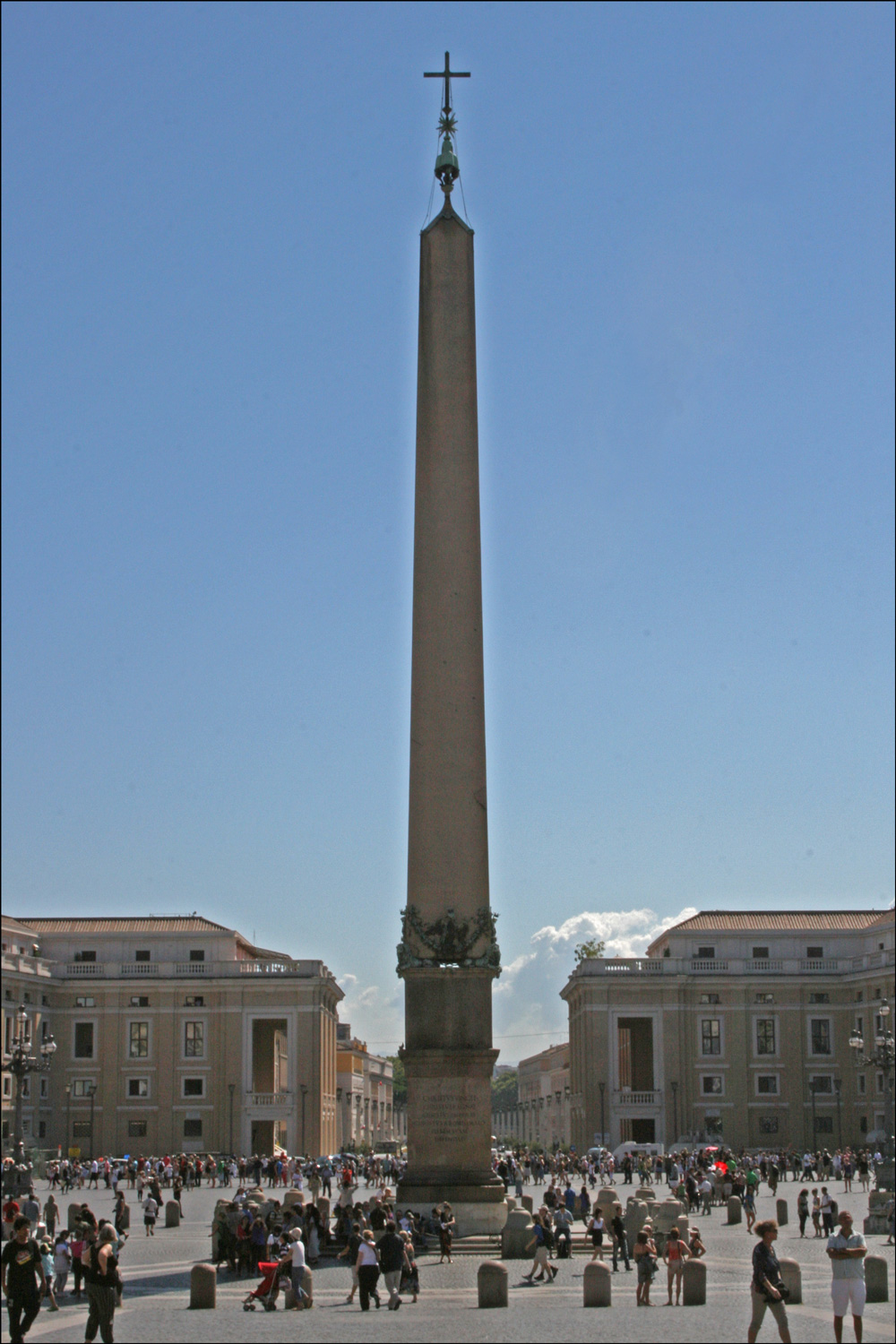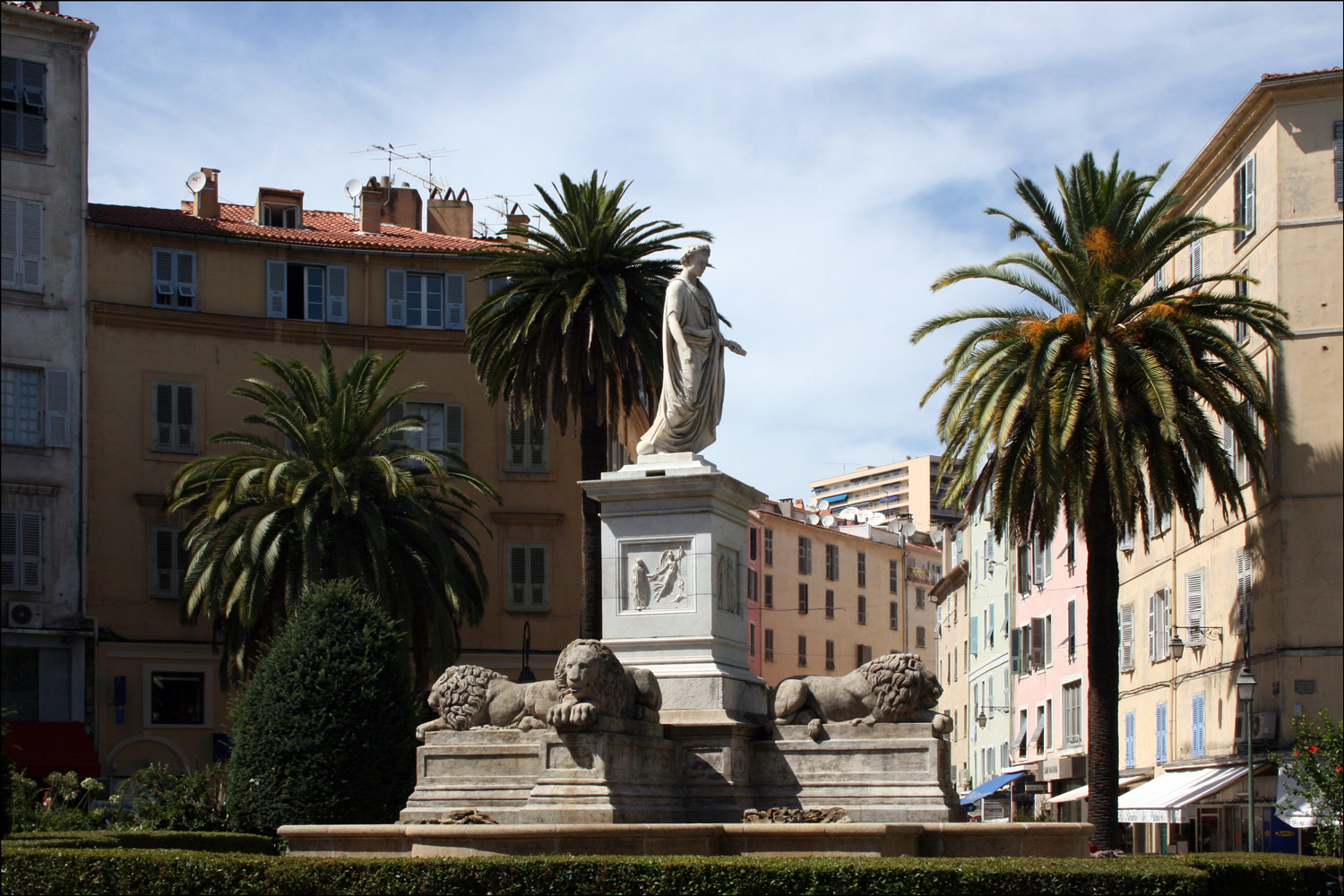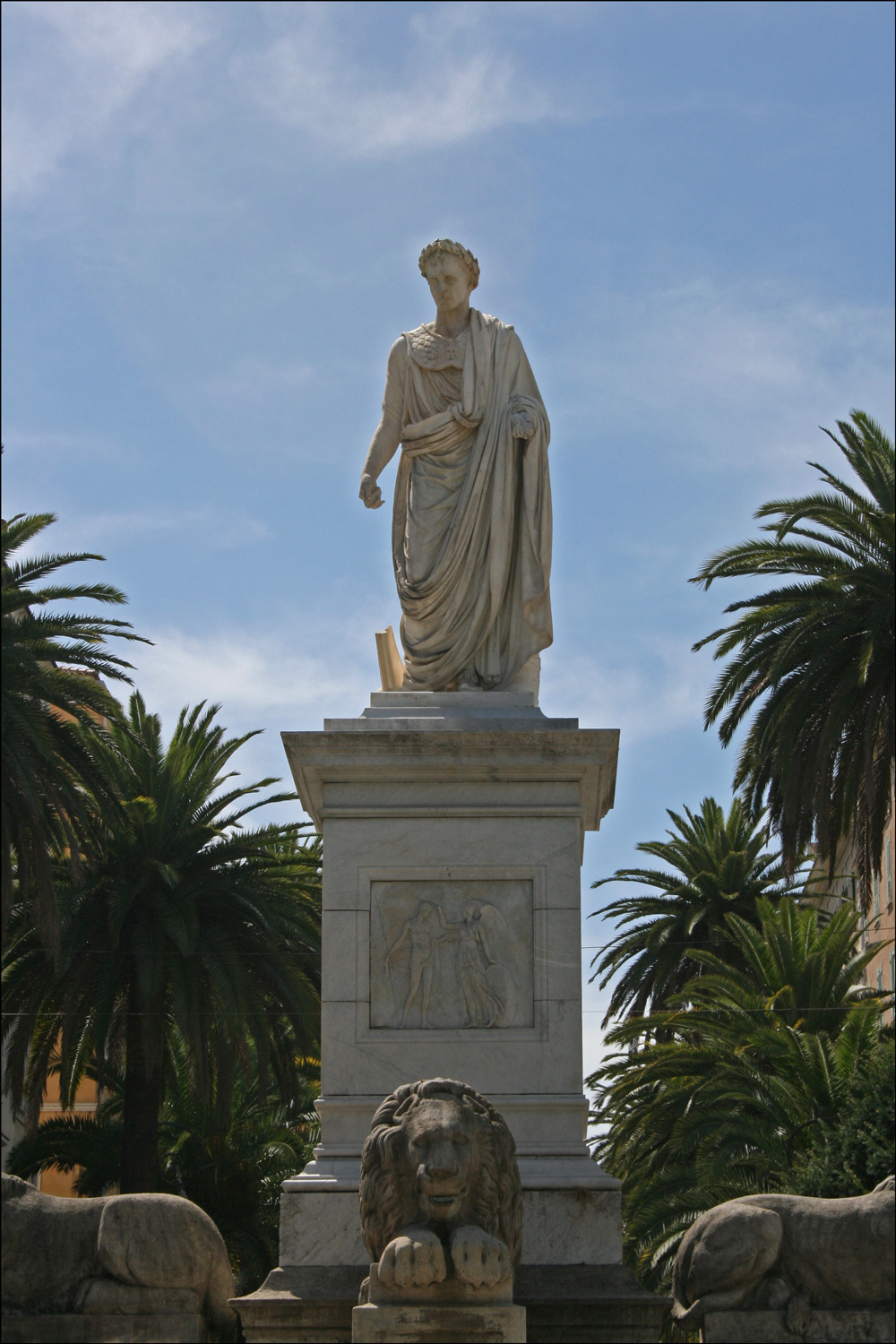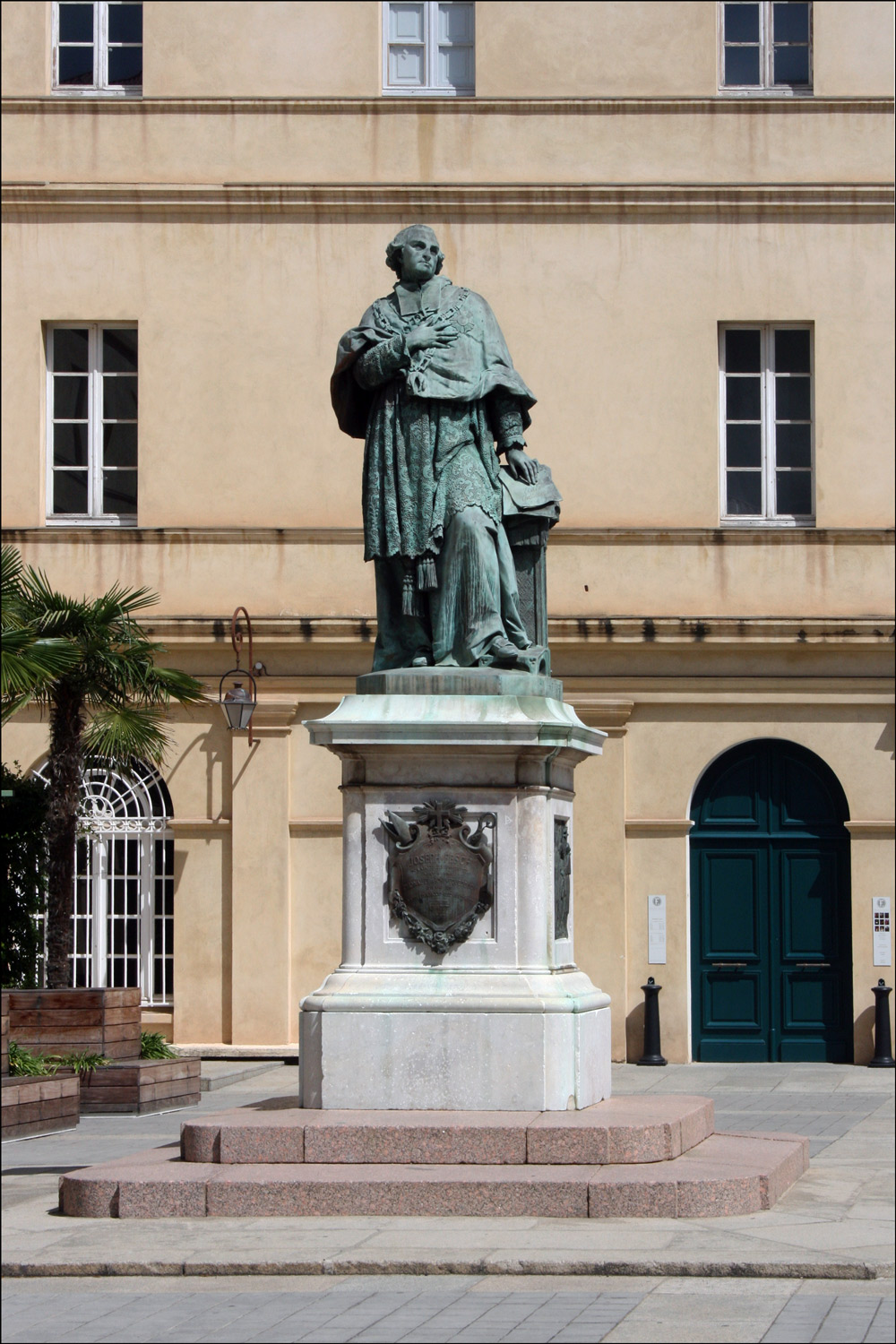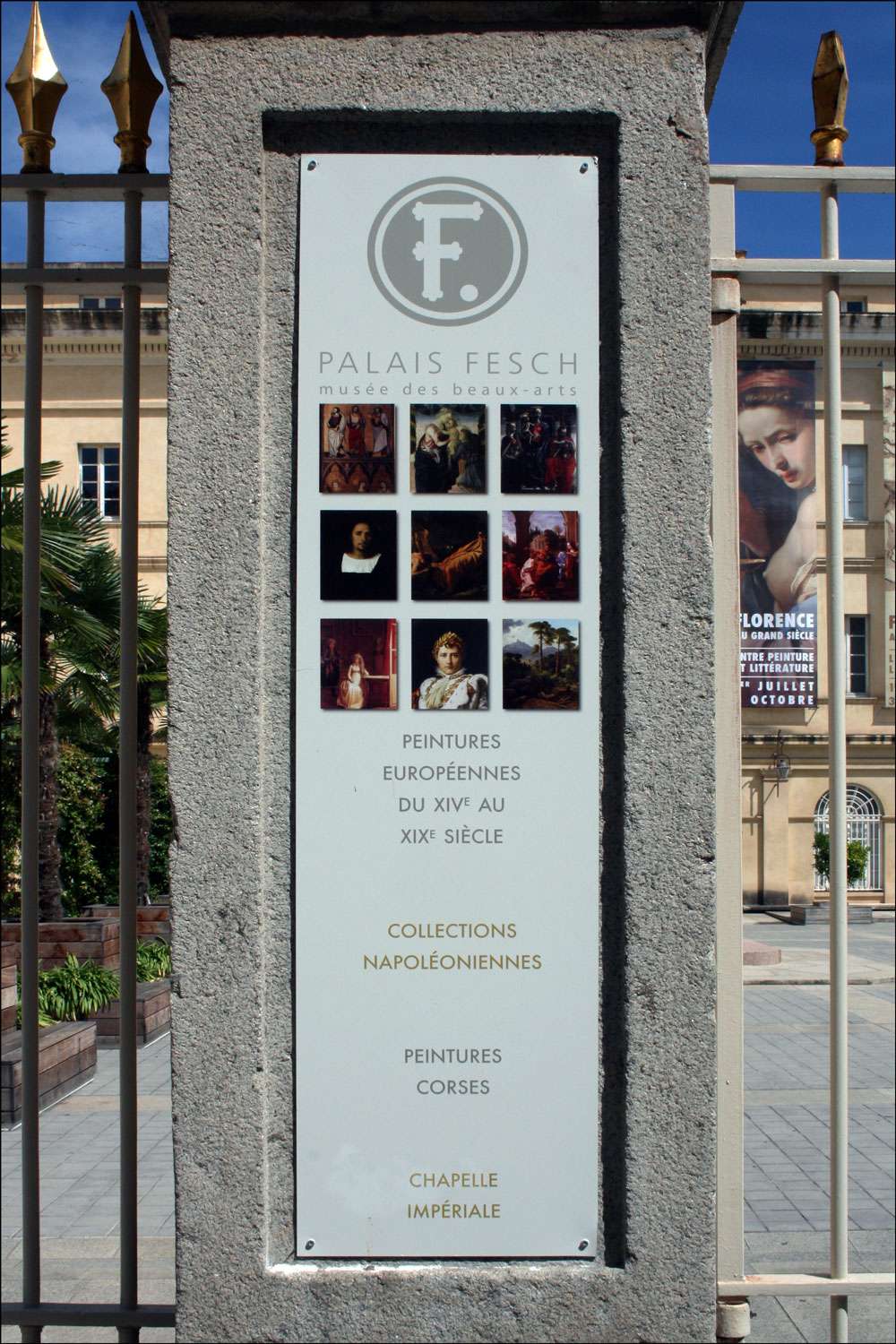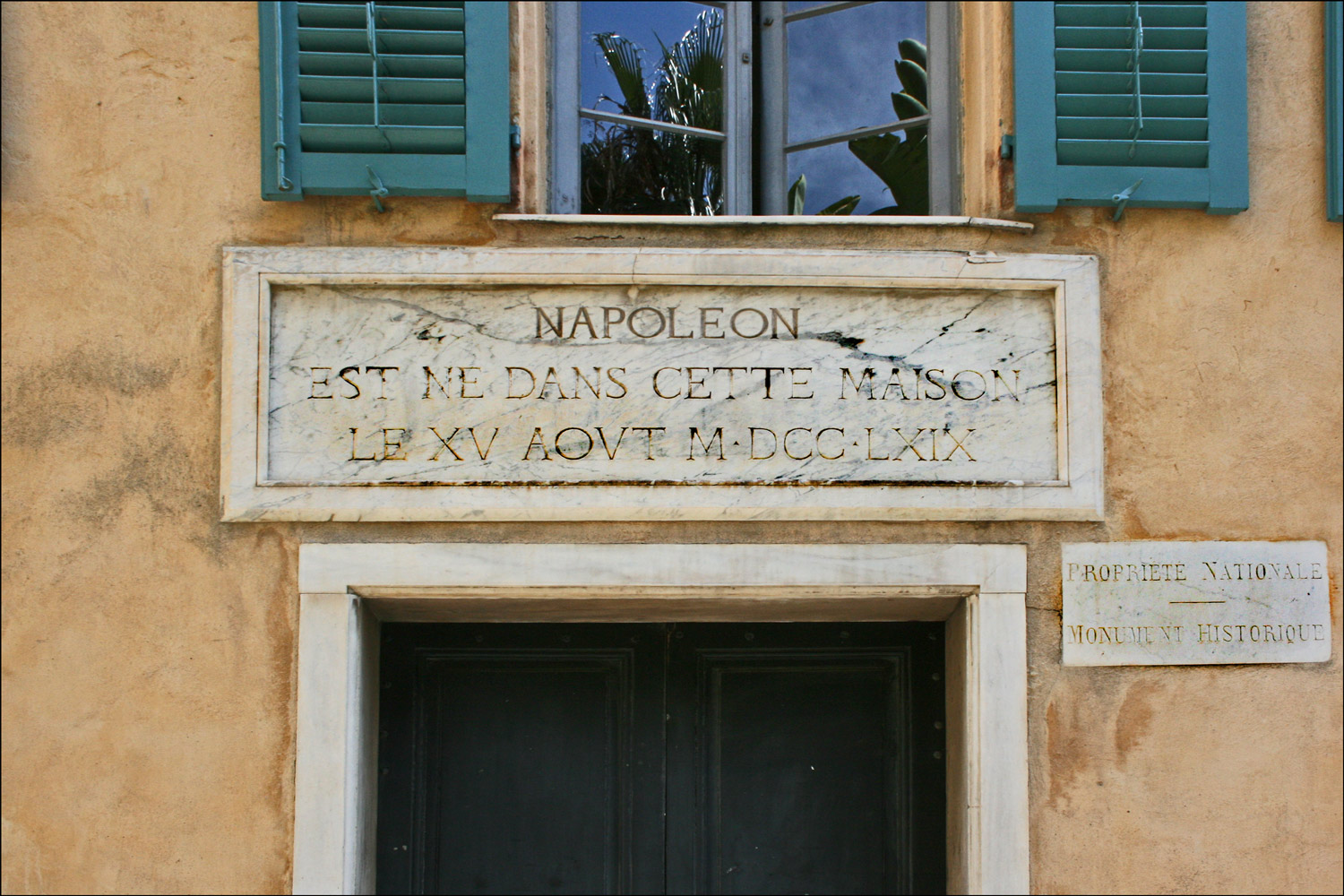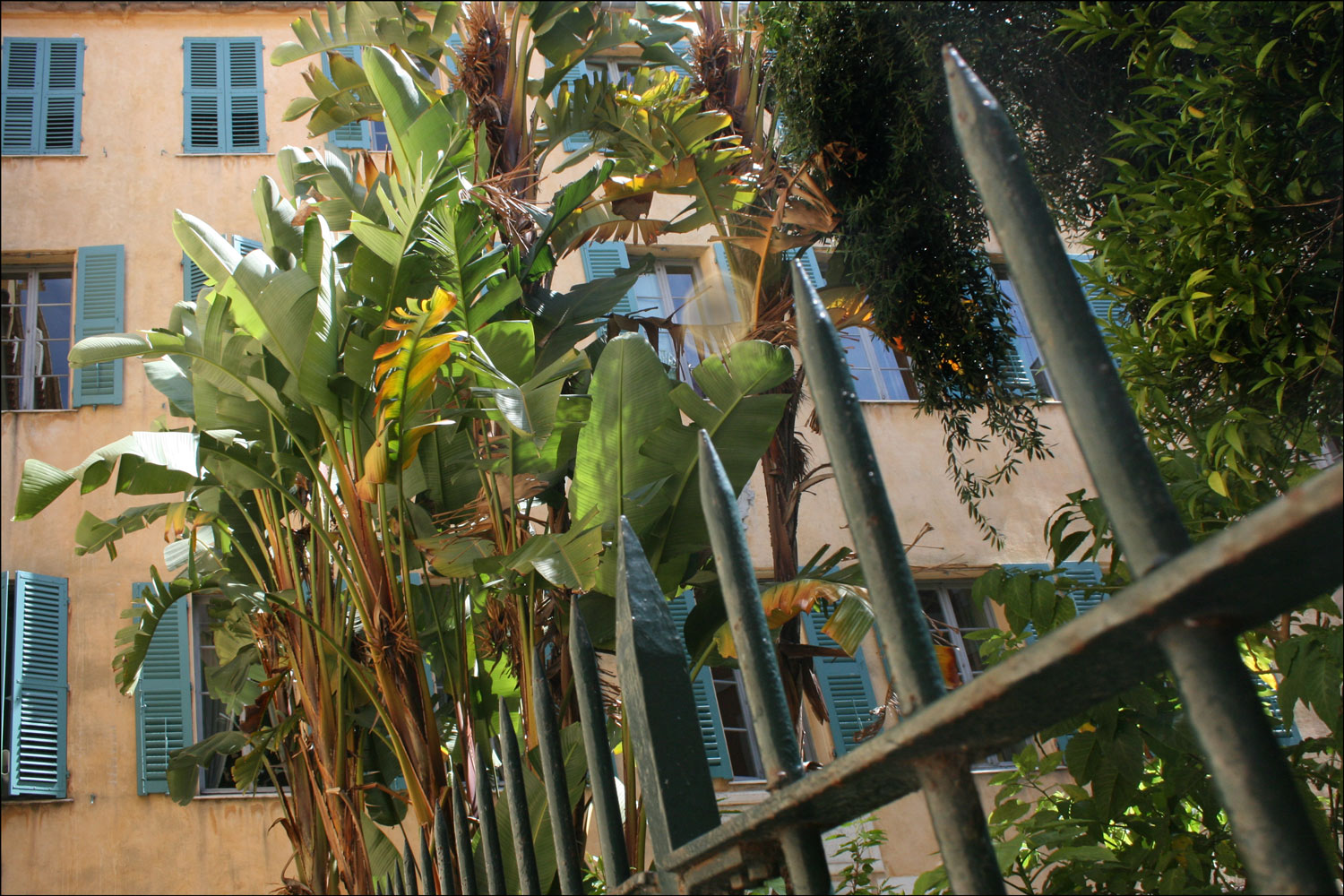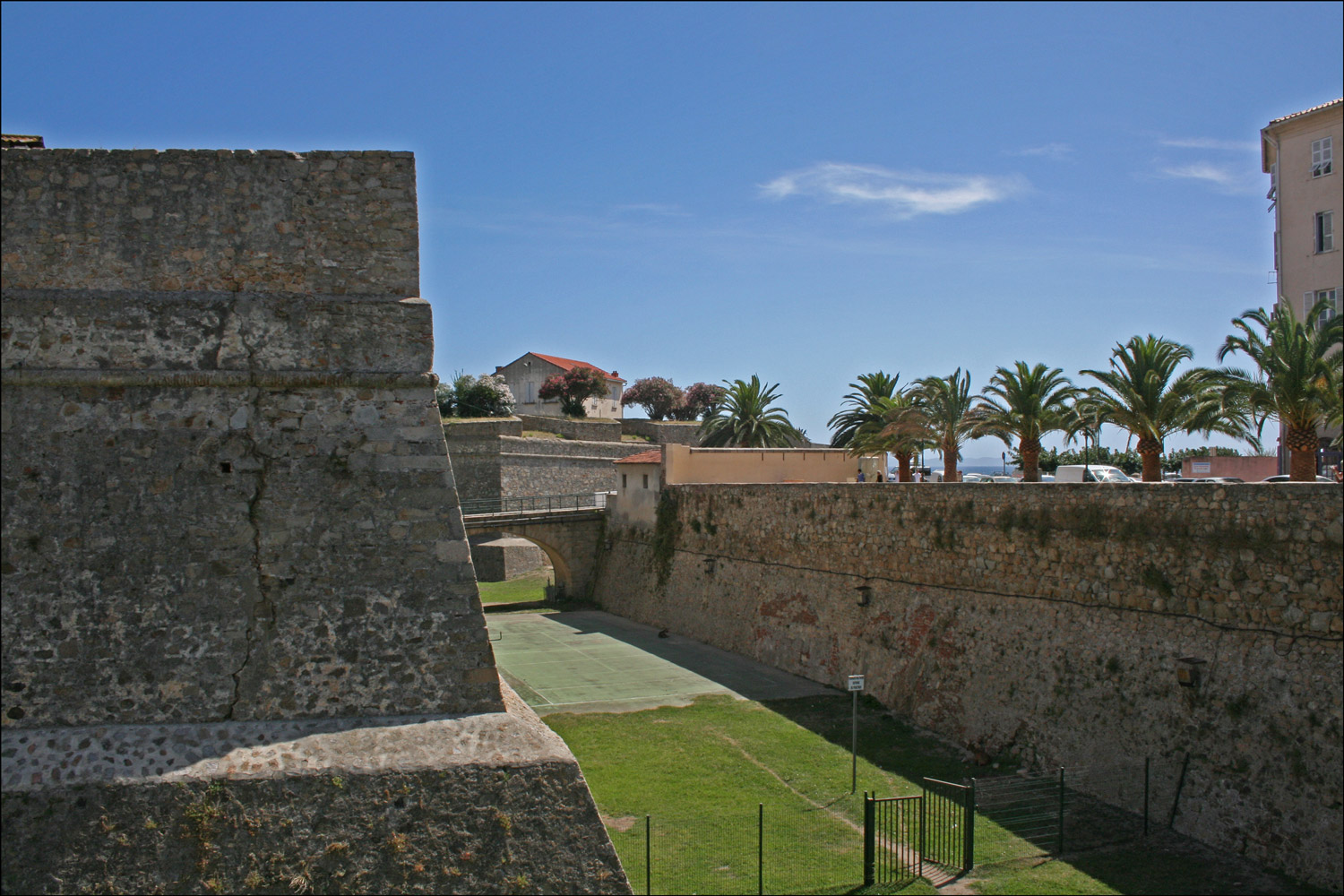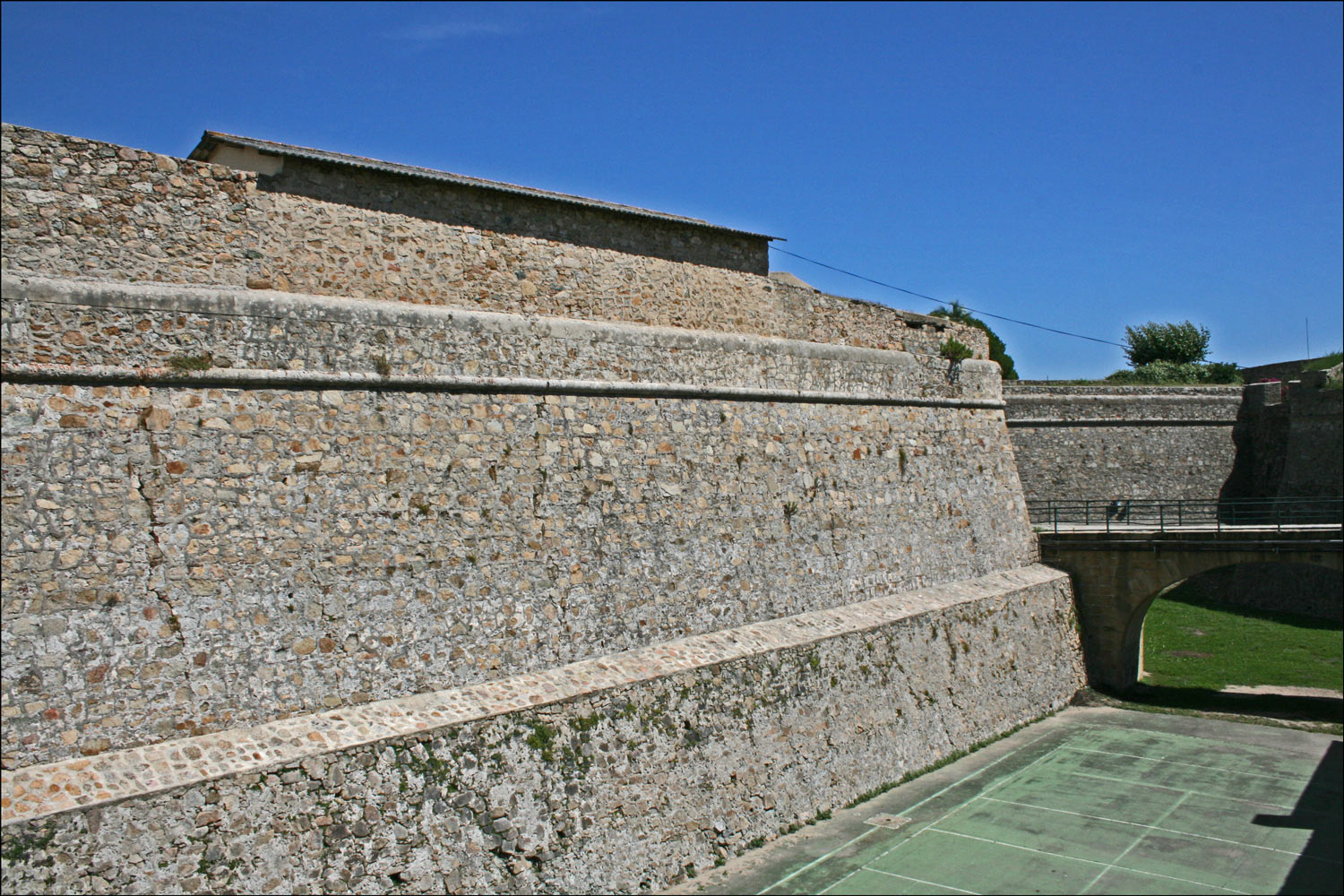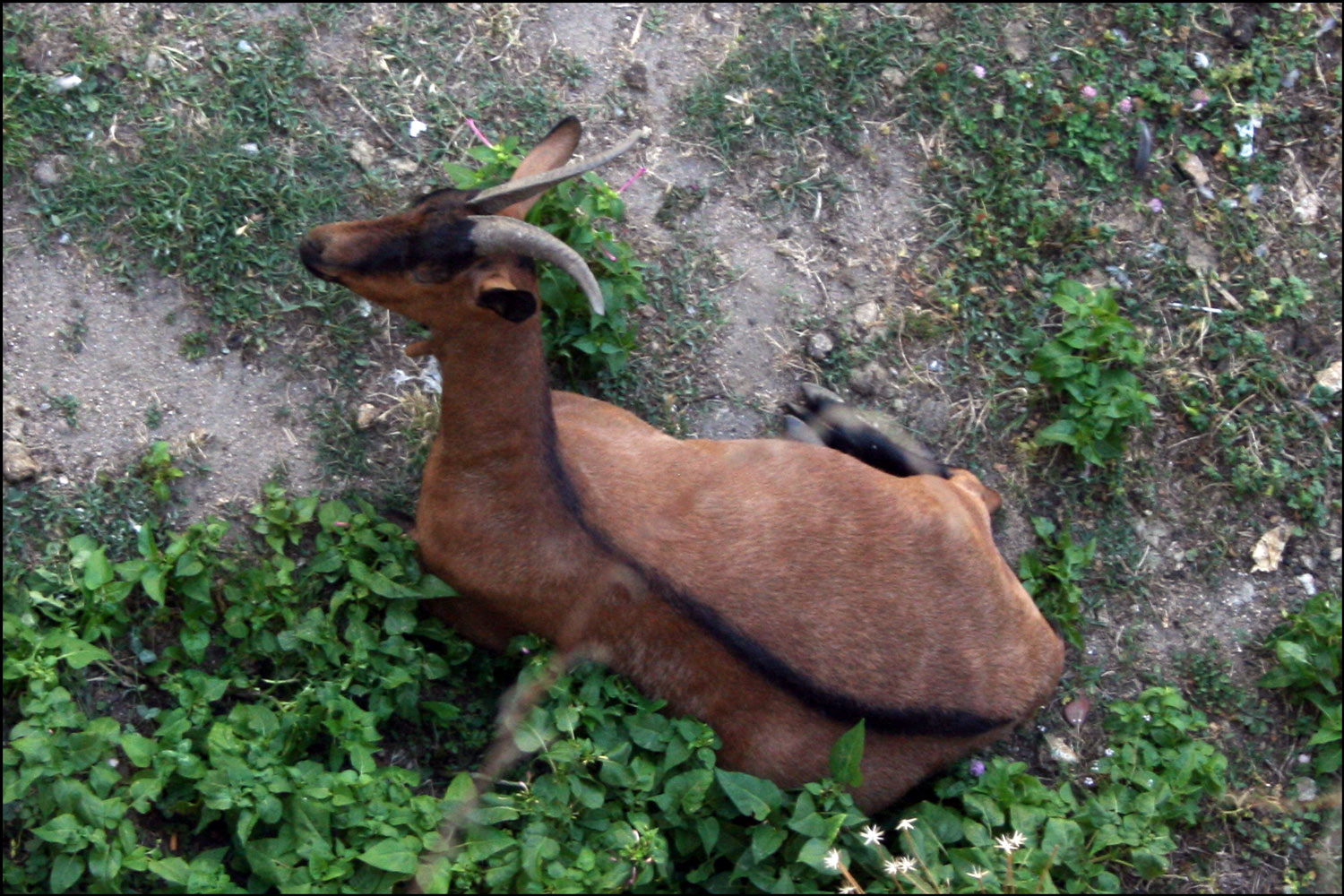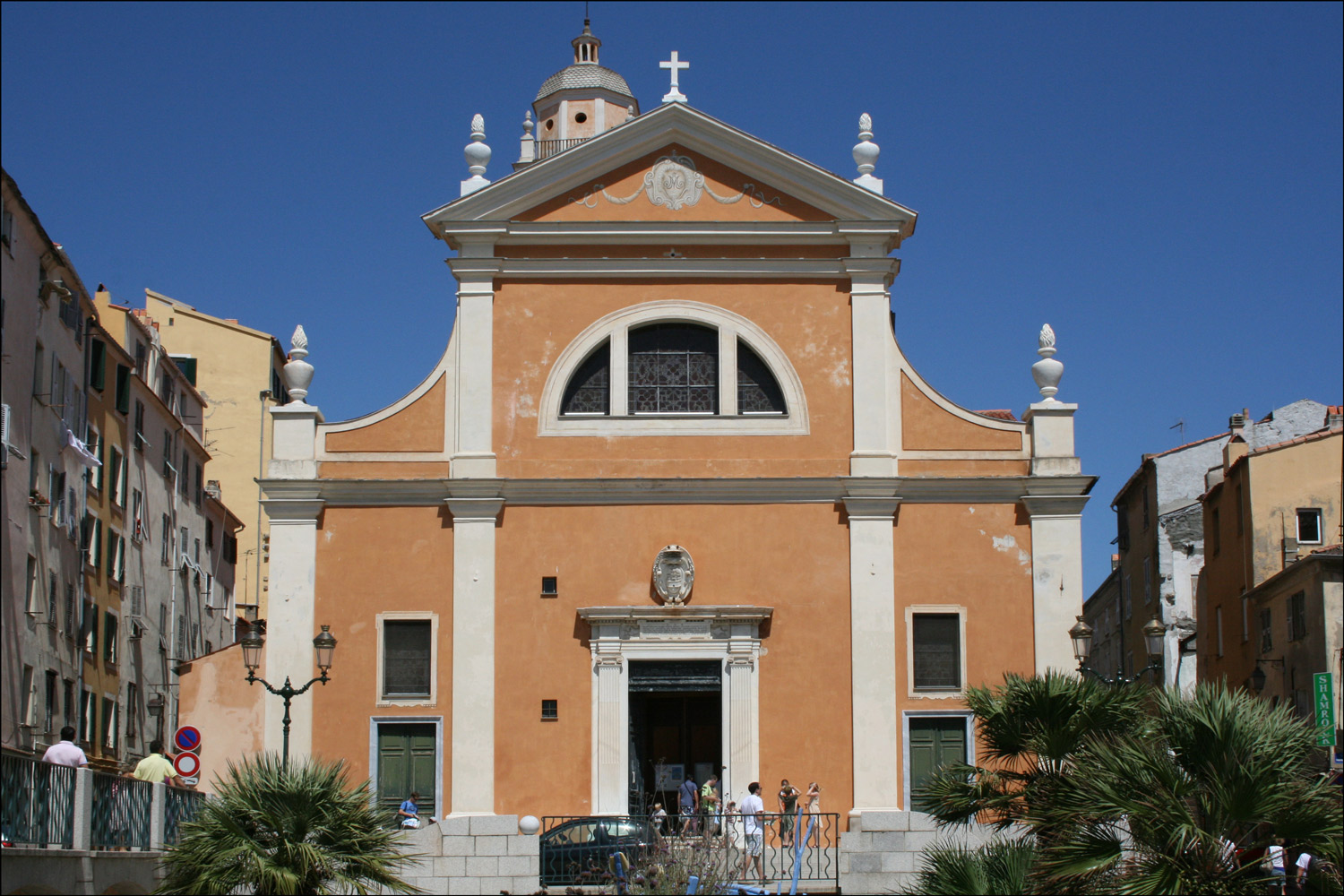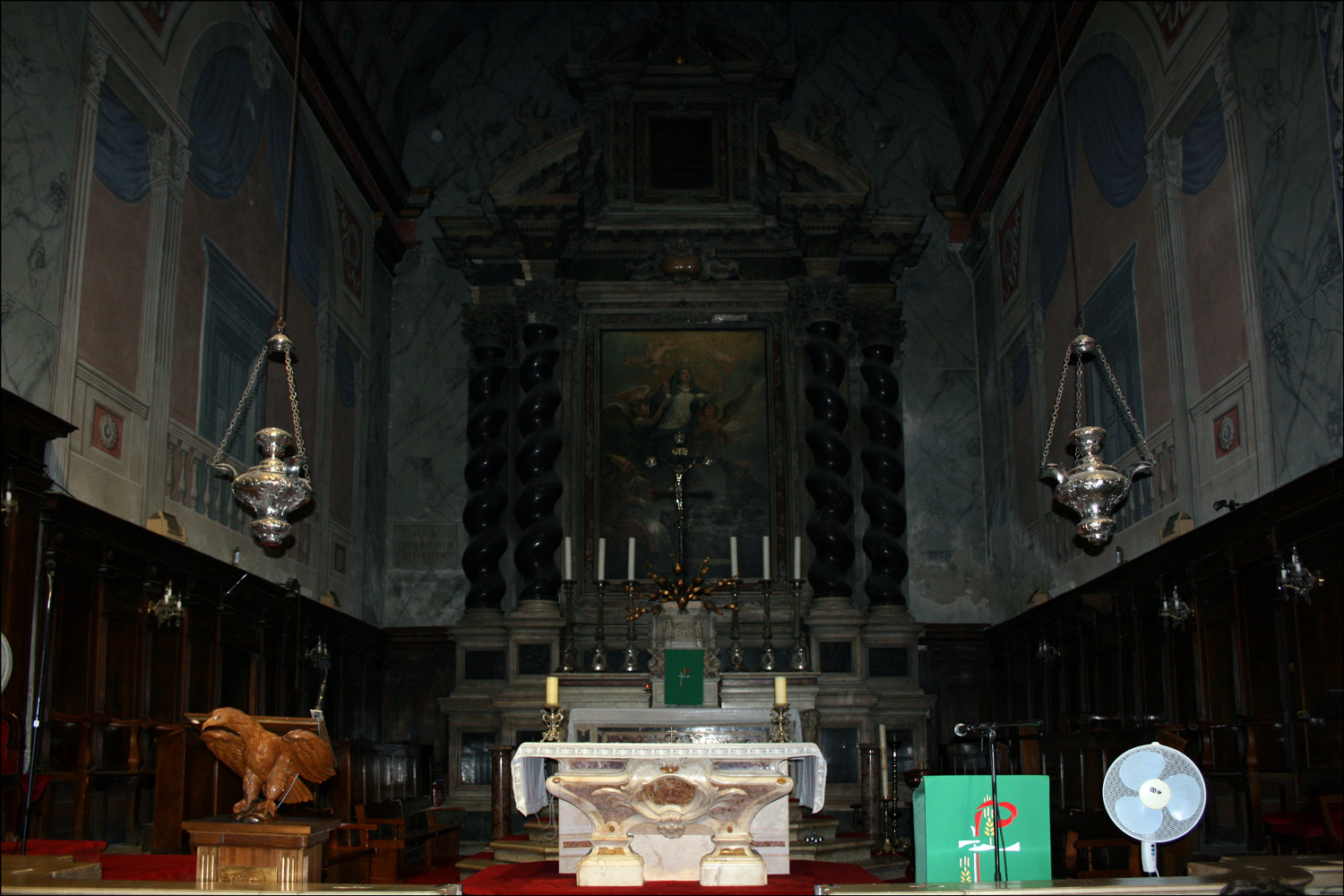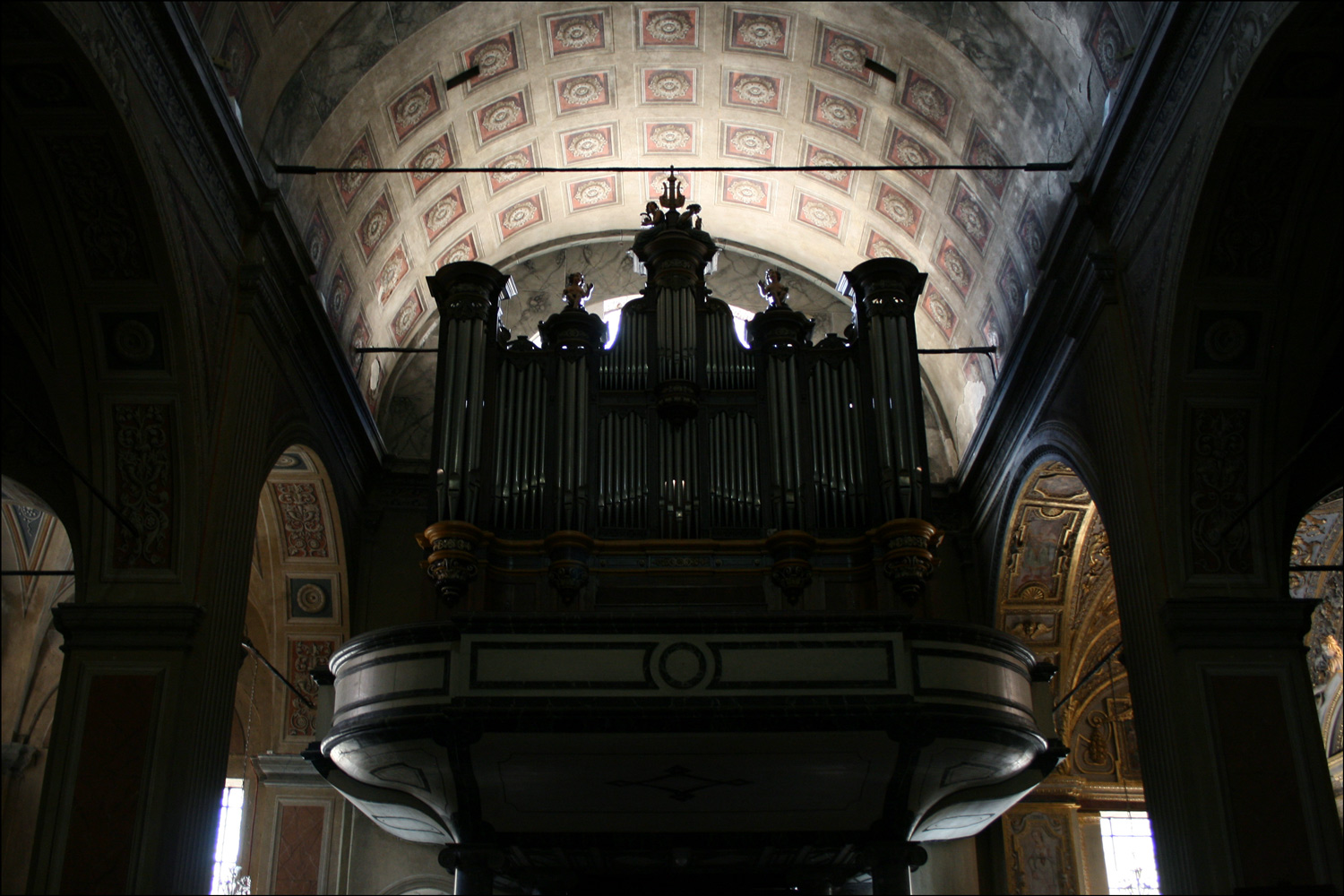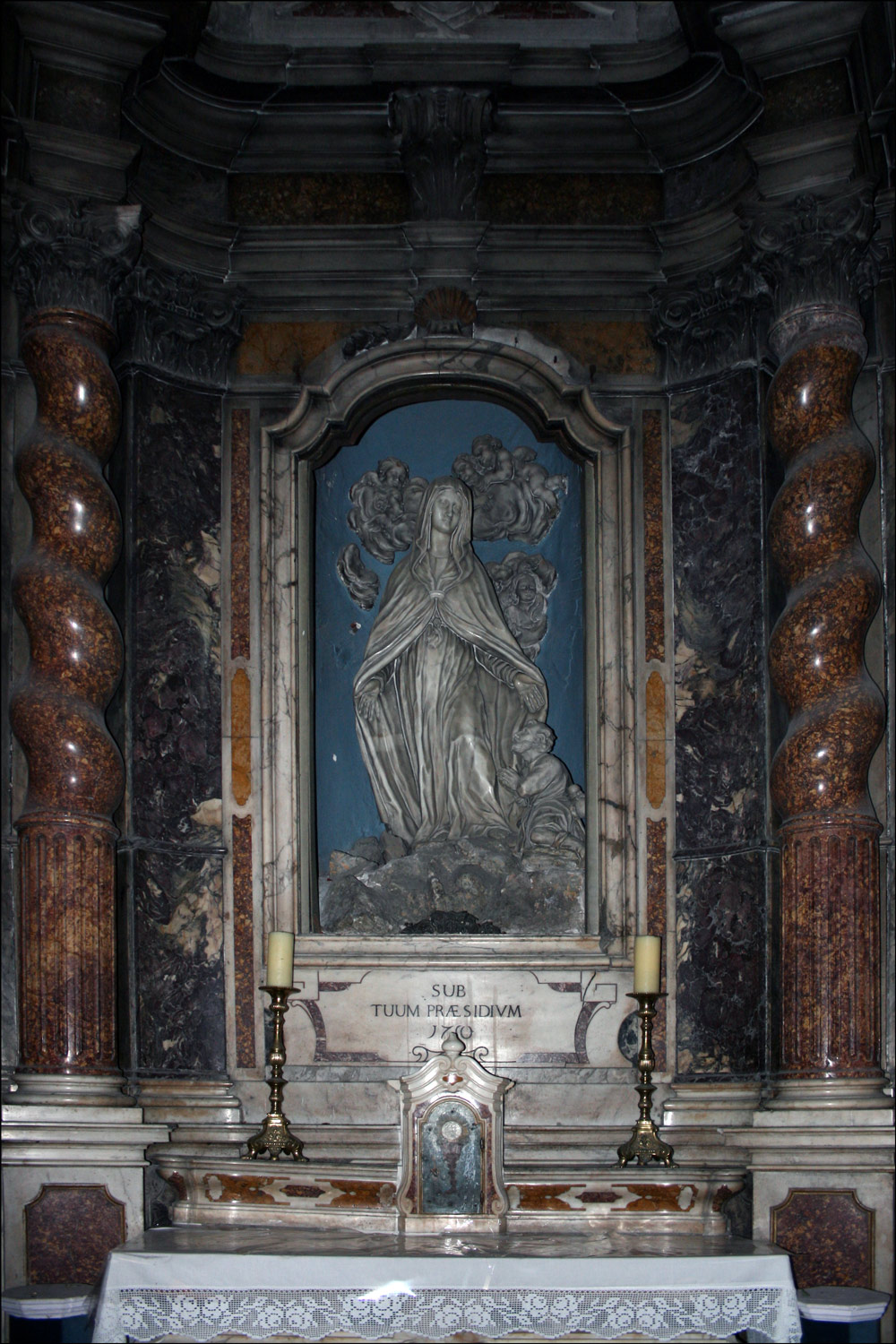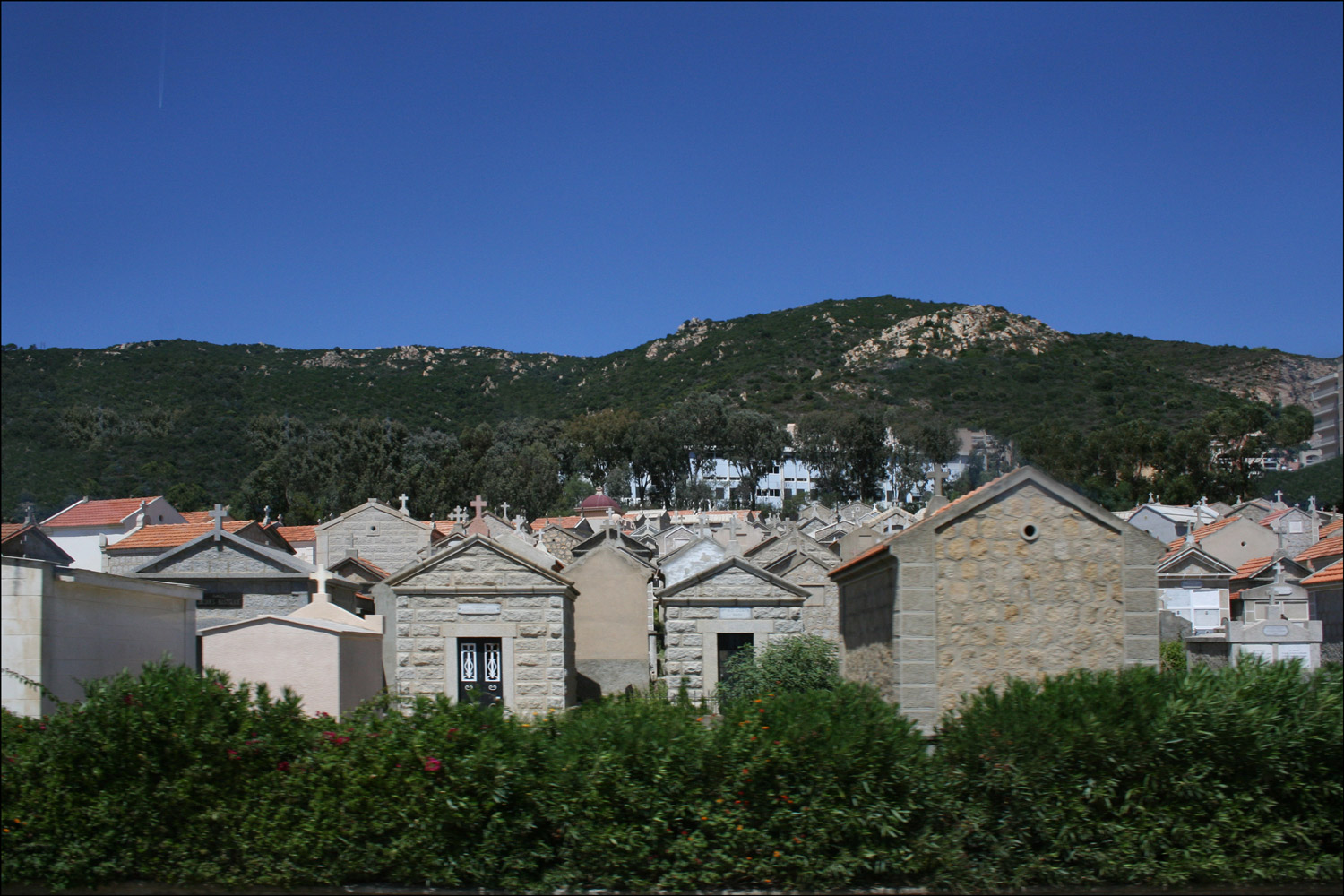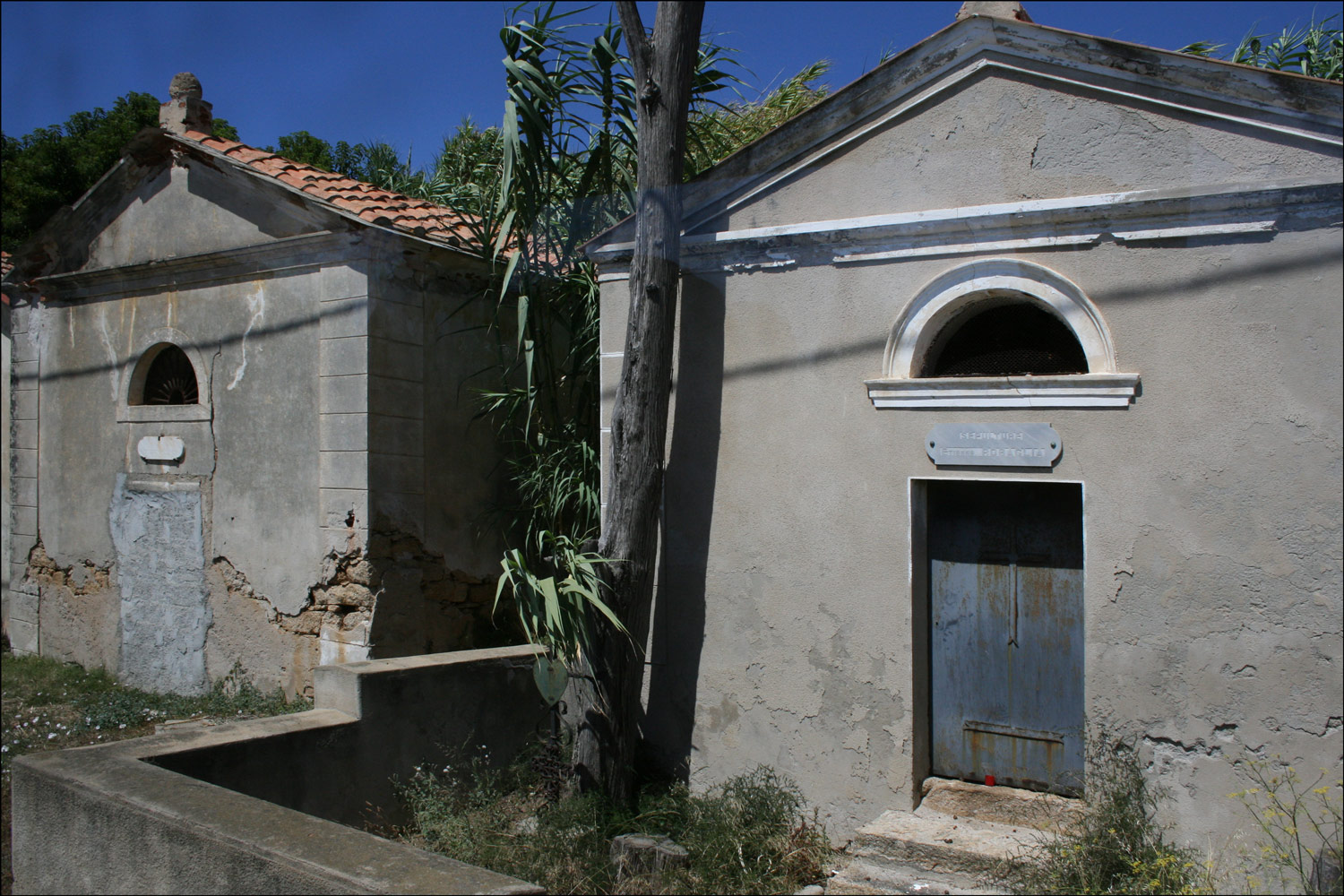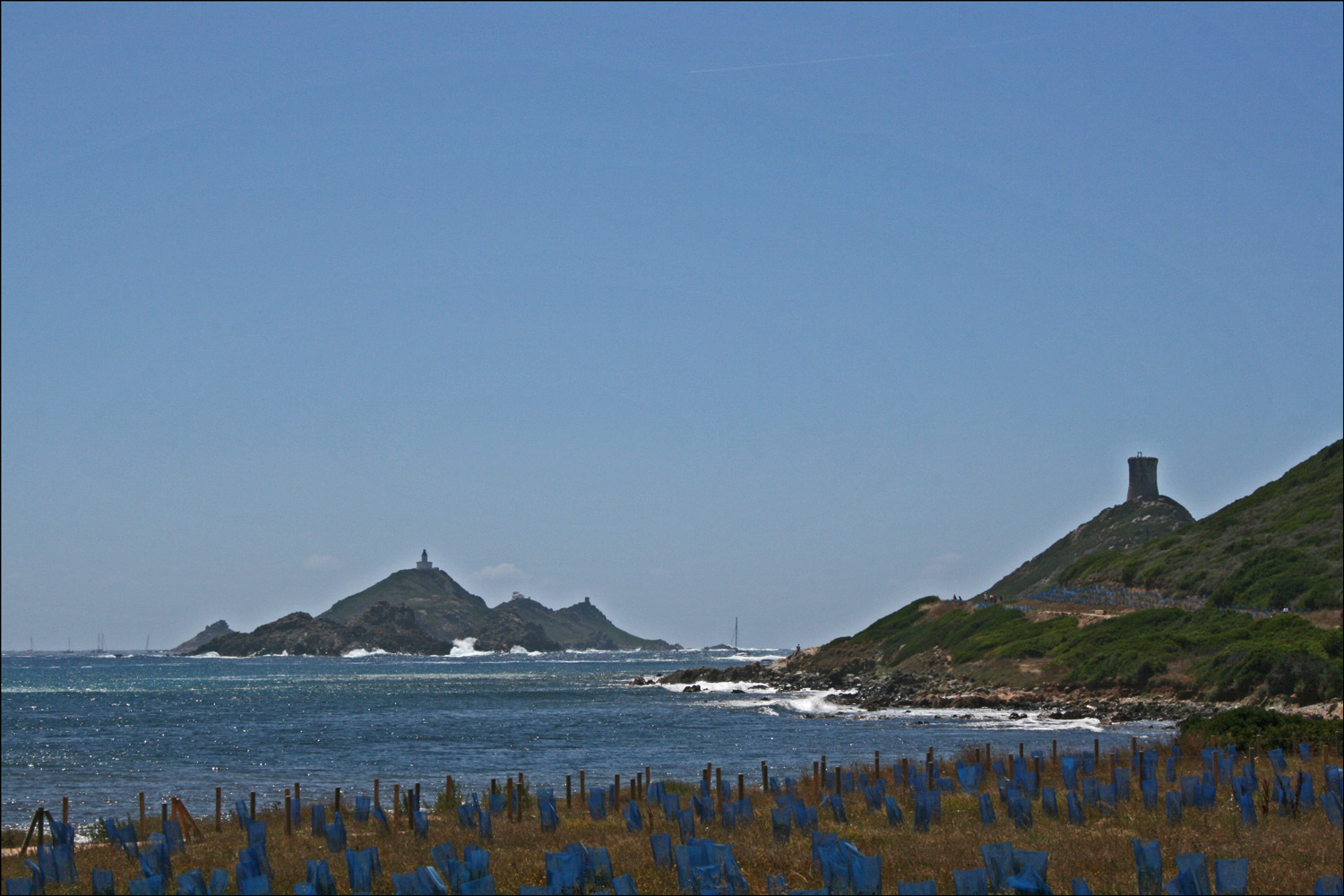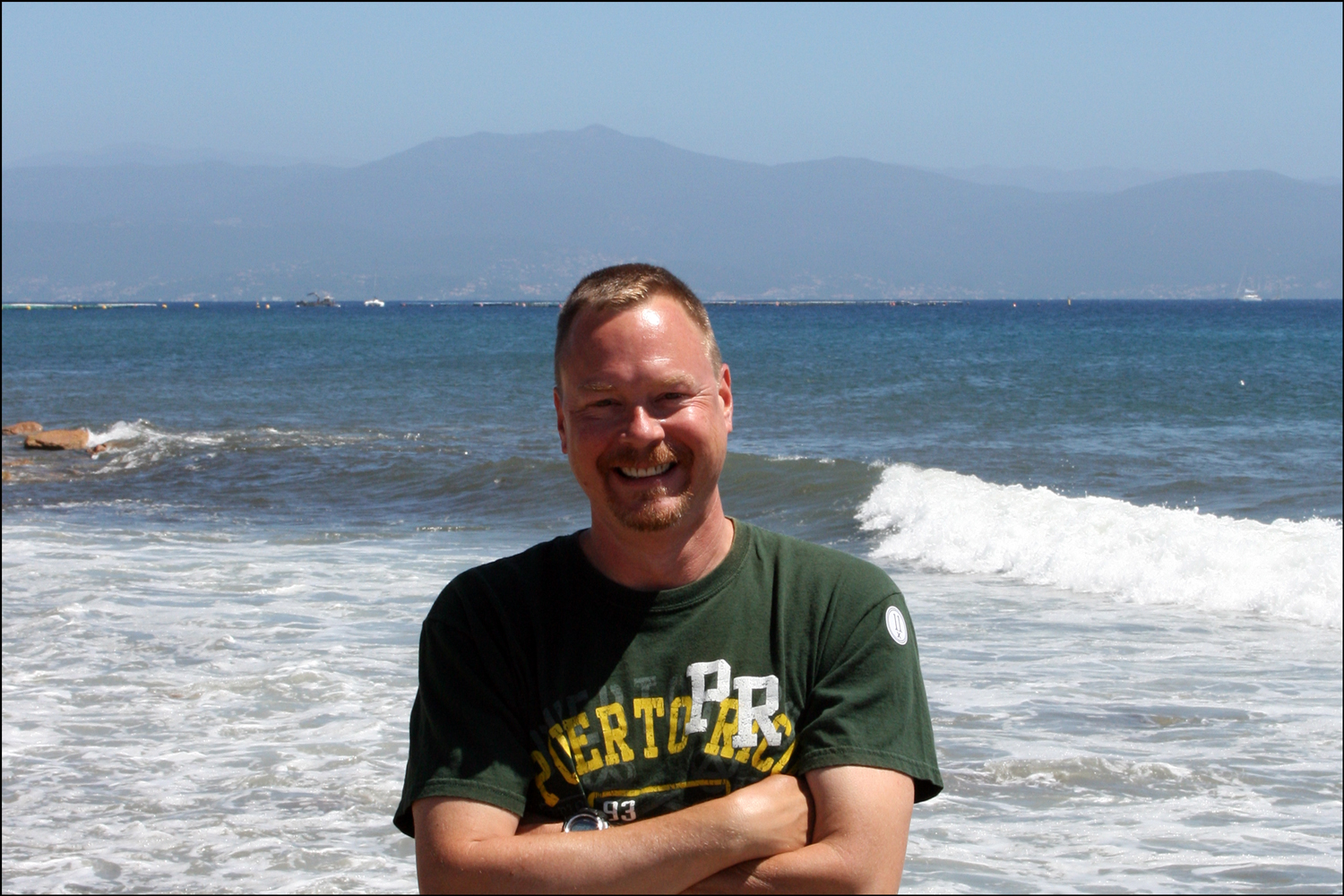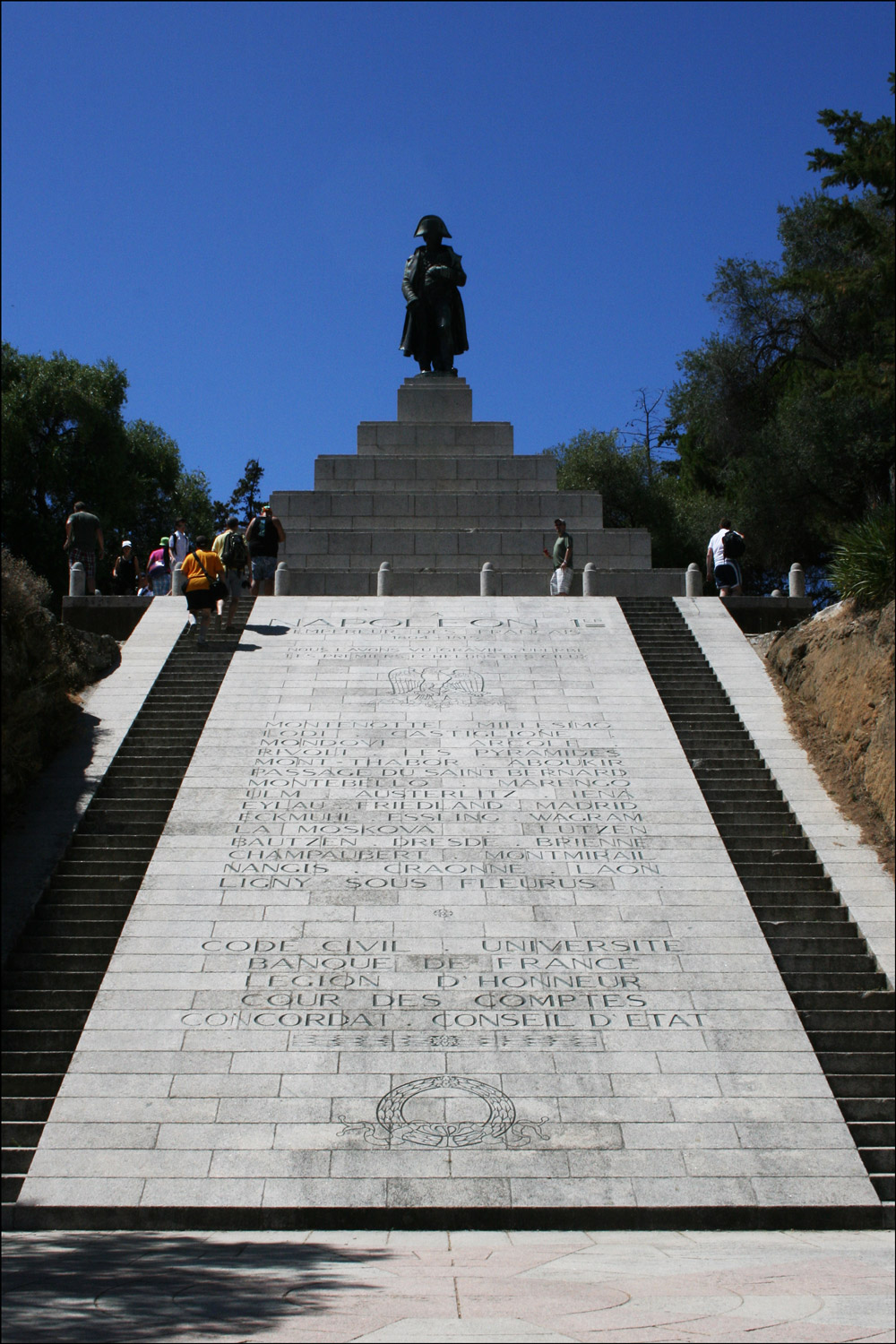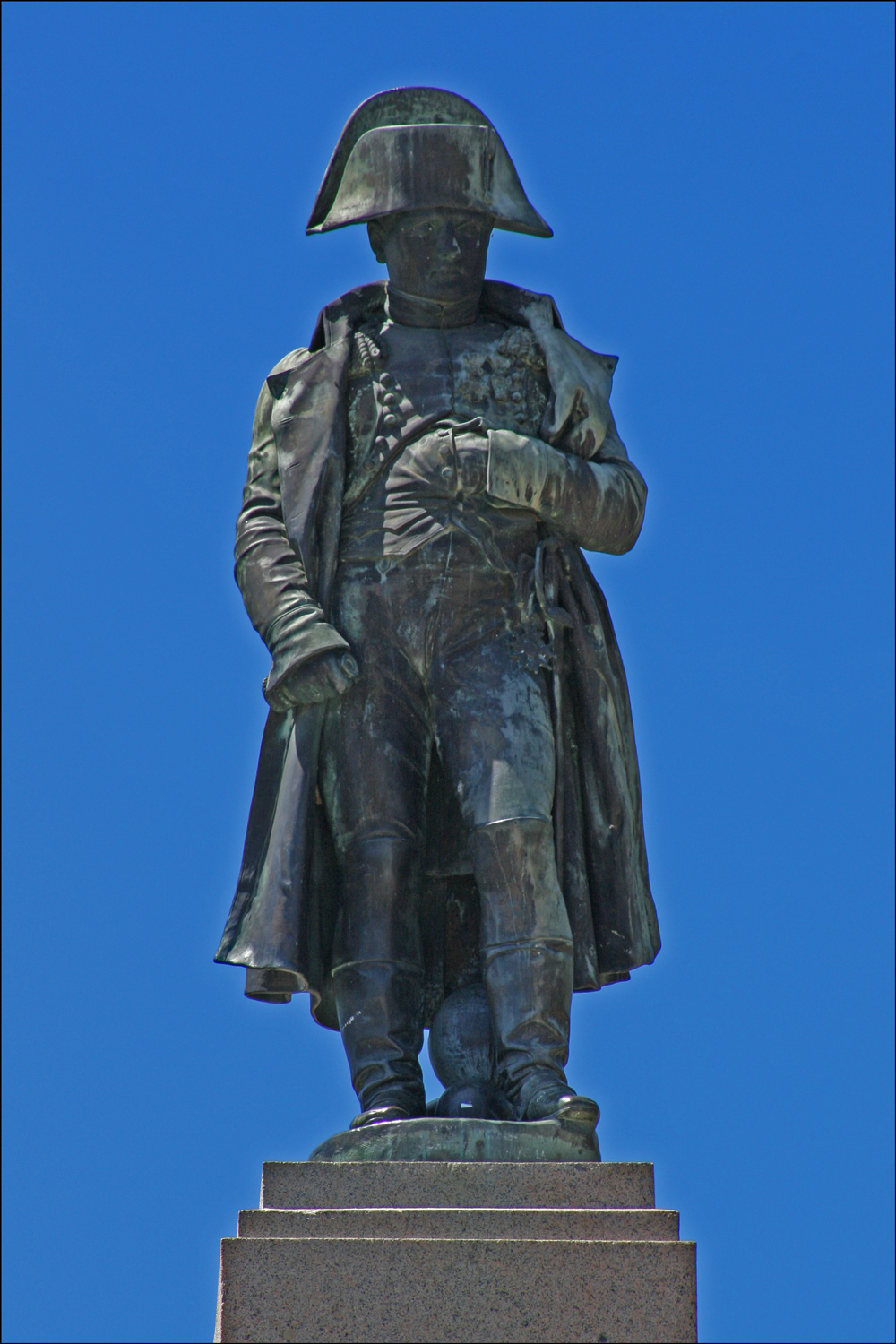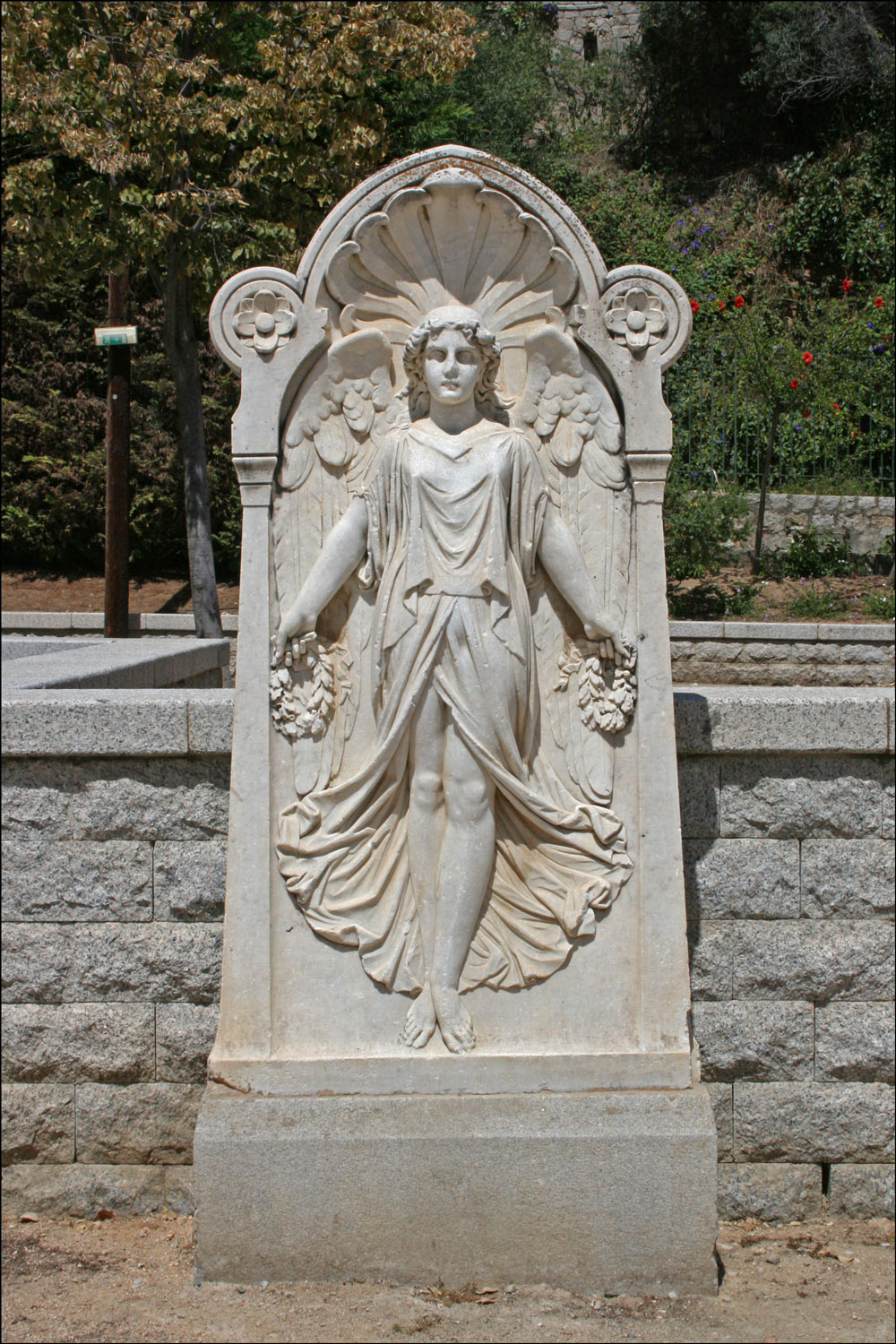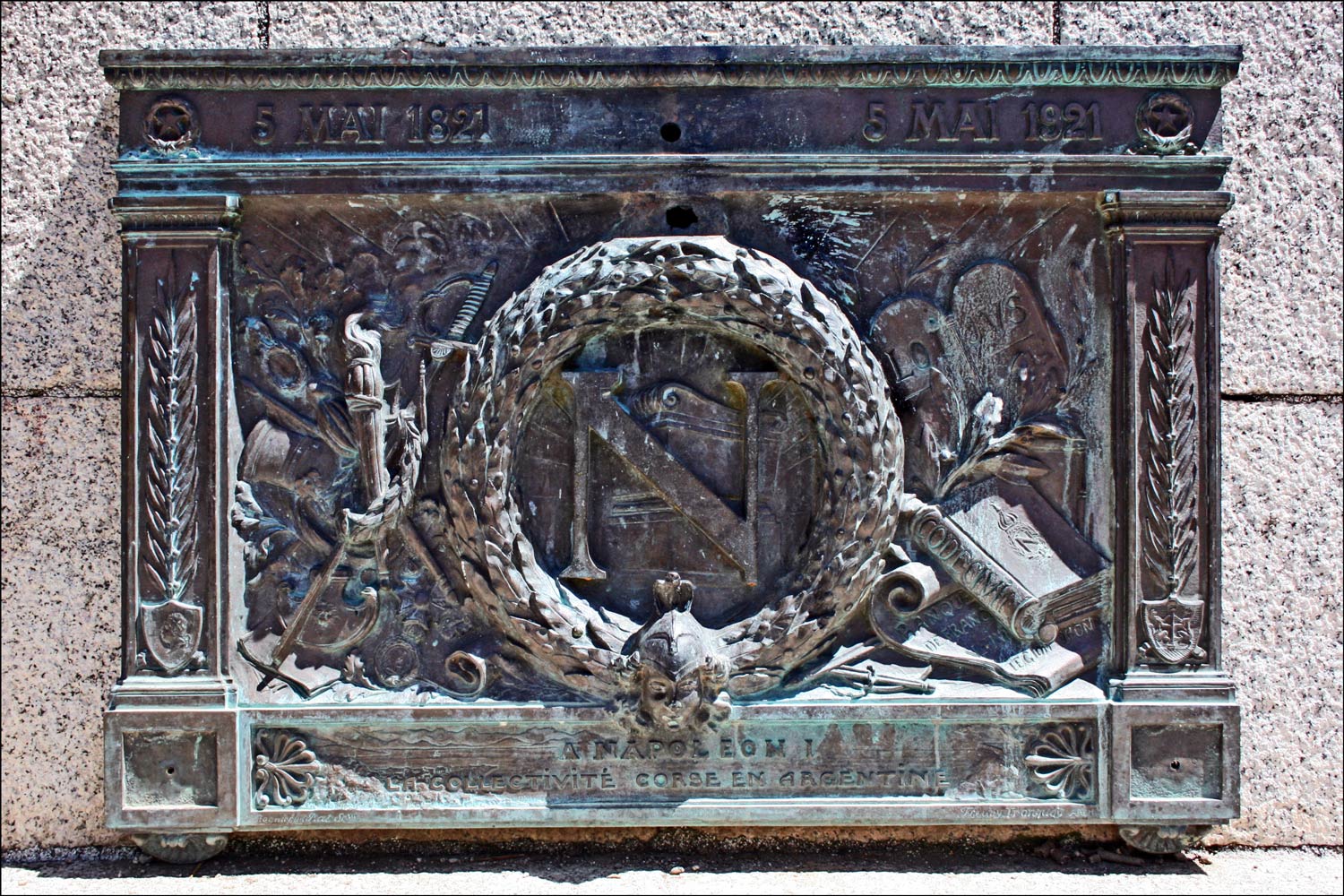In Jubilee years, the Pope offers a plenary indulgence to those of the faithful who fulfill certain conditions. While the Sacrament of Penance removes the guilt due to sin and the eternal punishment due to mortal sin, the Catholic Church teaches that sinners must still offer restitution to God for their sins. Indulgences allow believers to achieve that restitution. As a rule, those who wish to obtain the indulgence must offer their confession, receive Communion, pray for the Pope, renounce all attachment to sin, and visit the four basilicas in Rome.
In the Great Jubilee in the year 2000, Pope John Paul II liberalized the requirements to receive the plenary indulgence. While the requirements for confession, Communion, prayer for the Pope, and renunciation of all sin remained in place, Pope John Paul II required a single visit to just one designated church, entering through the Holy Door. In addition to the four basilicas in Rome, the faithful were allowed to visit the Sanctuary of Divine Love in Rome or a location (usually the cathedral) specified by each Catholic diocese throughout the world.
The final four panels in the Holy Door of the Papal Basilica of Saint Peter in the State of the Vatican City are:
- The Appearance to Thomas
- Christ’s Appearance to the Disciples
- The Conversion of Saul
- Opening the Holy Door
The Appearance to Thomas
SOURCE: The Appearance to Thomas (State of the Vatican City); photographed by Stephen J. Danko on 10 August 2011.
Christ’s Appearance to the Disciples
SOURCE: Christ’s Appearance to the Disciples (State of the Vatican City); photographed by Stephen J. Danko on 10 August 2011.
The Conversion of Saul
SOURCE: The Conversion of Saul (State of the Vatican City); photographed by Stephen J. Danko on 10 August 2011.
Opening the Holy Door
SOURCE: Opening the Holy Door (State of the Vatican City); photographed by Stephen J. Danko on 10 August 2011.
The posts in this series include:
- The Holy Door of the Papal Basilica of Saint Peter – Part 1 of 4
- The Holy Door of the Papal Basilica of Saint Peter – Part 2 of 4
- The Holy Door of the Papal Basilica of Saint Peter – Part 3 of 4
- The Holy Door of the Papal Basilica of Saint Peter – Part 4 of 4
Copyright © 2011 by Stephen J. Danko

